SHORT LINE RAILROAD
Maries River Railroad keeps Idaho’s timber industry rolling, moving thousands of carloads of lumber and logs annually across a 71-mile route in northern Idaho. Since its founding in 1980, STMA has preserved vital rail service for local mills and manufacturers, connecting rural communities to national markets.
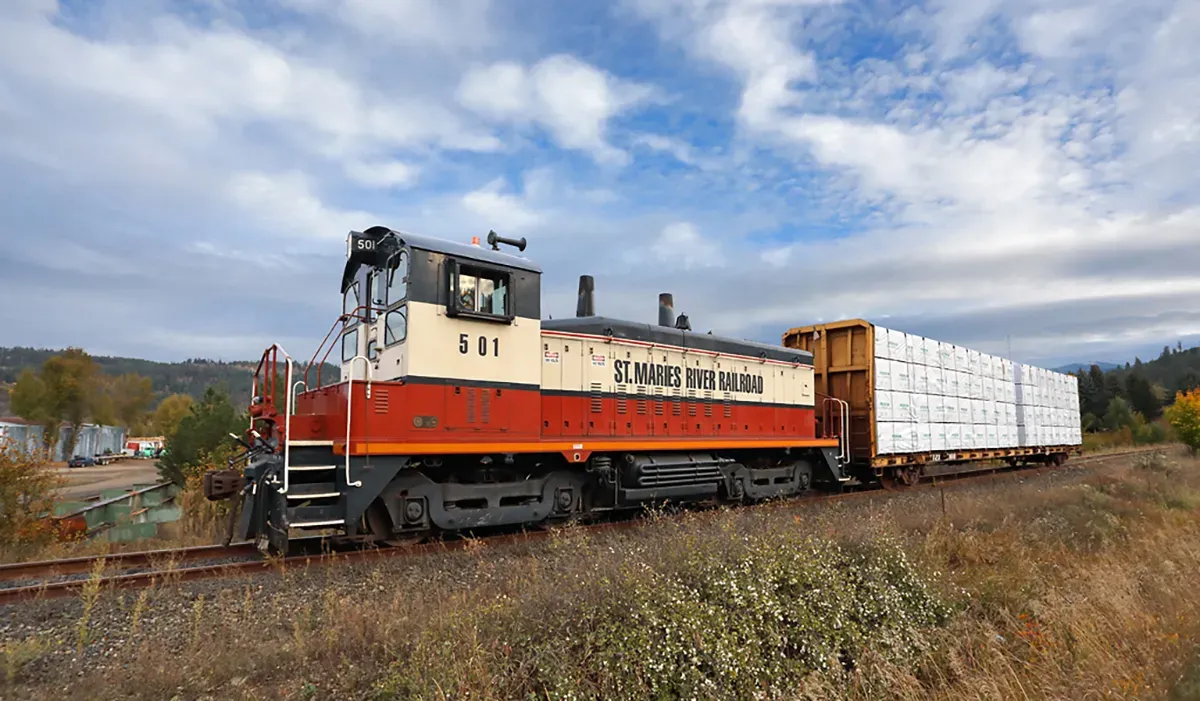

Maries River Railroad is classified as a shortline railroad. It operates one of North America's most specialized freight rail networks, connecting businesses across northern Idaho with safe, efficient, and environmentally responsible transportation solutions.
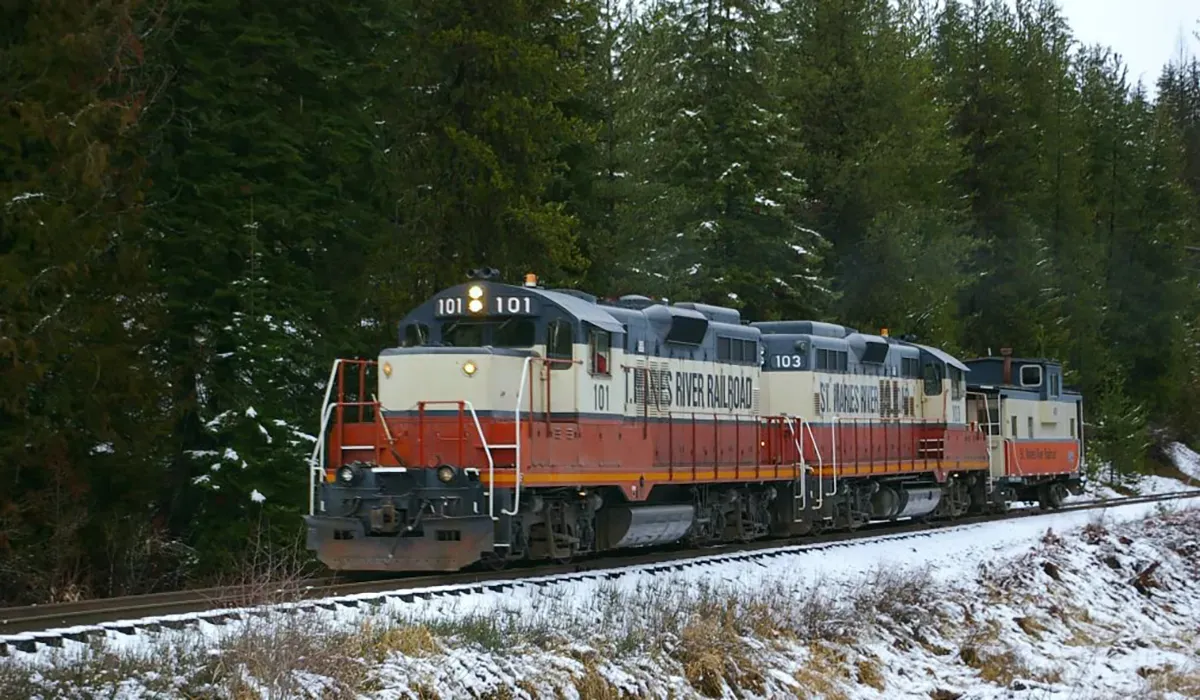
FOUNDING HISTORY & ORGANIZATIONAL STRUCTURE
STMA was founded in 1980 by Potlatch Corporation to maintain rail service for its timber operations after the Milwaukee Road abandoned its Pacific Extension. The railroad’s original purpose was to move raw and finished timber products from local mills to national rail connections.
HEADQUARTERS & OPERATIONAL BASES
The headquarters of St. Maries River Railroad is located in St.
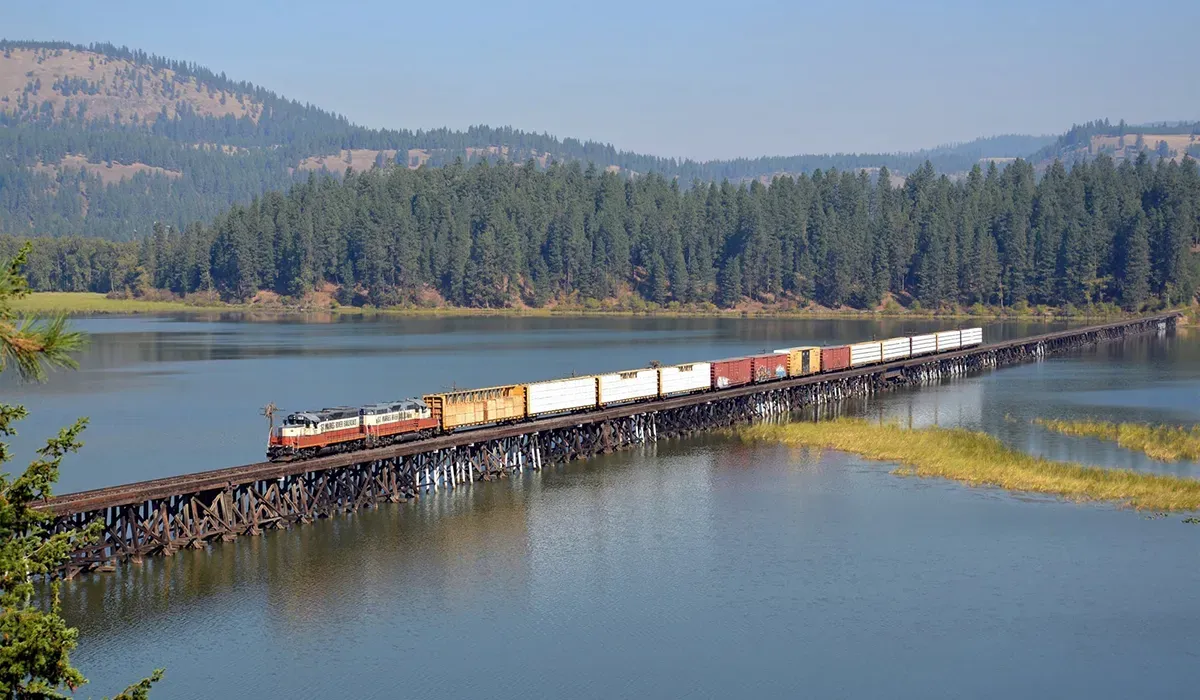
LEADERSHIP & EMPLOYEES
Currently, the president of St. Maries River Railroad is not publicly listed, but the executive team includes experienced railroad managers with backgrounds in shortline operations, logistics, and timber industry transportation. The leadership focuses on maintaining reliable service and supporting the local economy.
Maries River Railroad employs approximately 25 people, with about 18 serving as skilled craftspeople, maintenance workers, and service teams. The workforce is primarily local, with a strong emphasis on operational safety and technical expertise.
FACILITIES & OPERATIONS
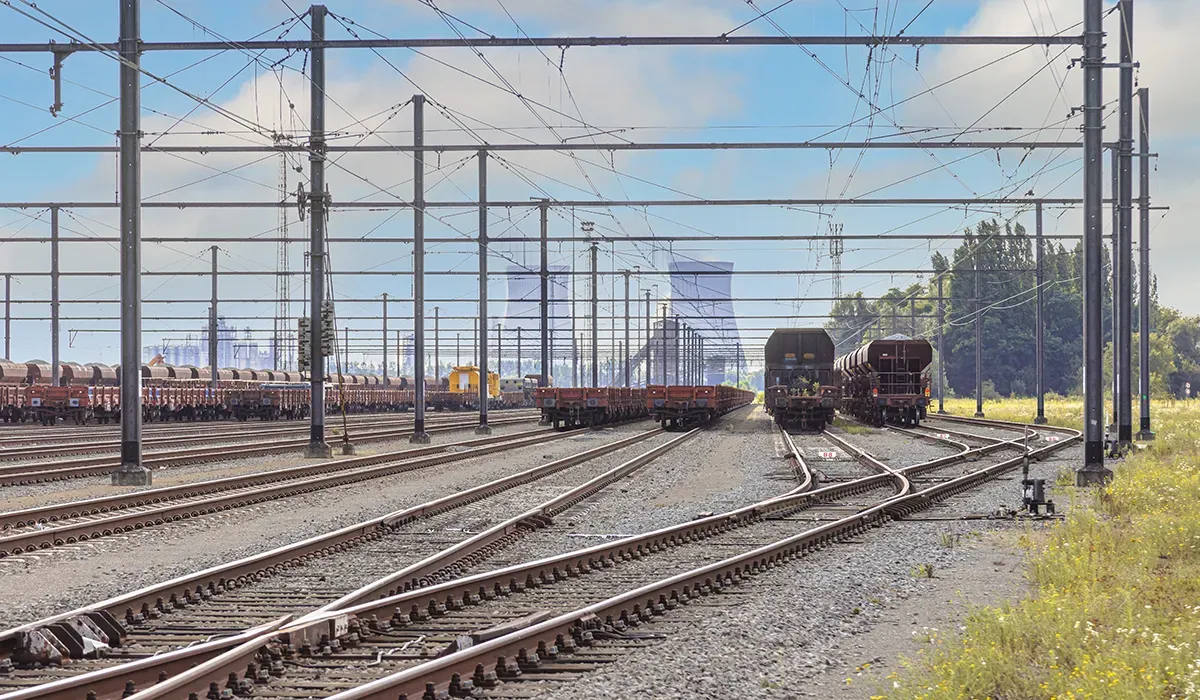
Major facilities include the main yard and locomotive shop in St. Maries, Idaho, the interchange point with Union Pacific at Plummer, and loading terminals at Bovil and along the route for timber products. The railroad also operates several sidings and team tracks for customer loading and unloading.
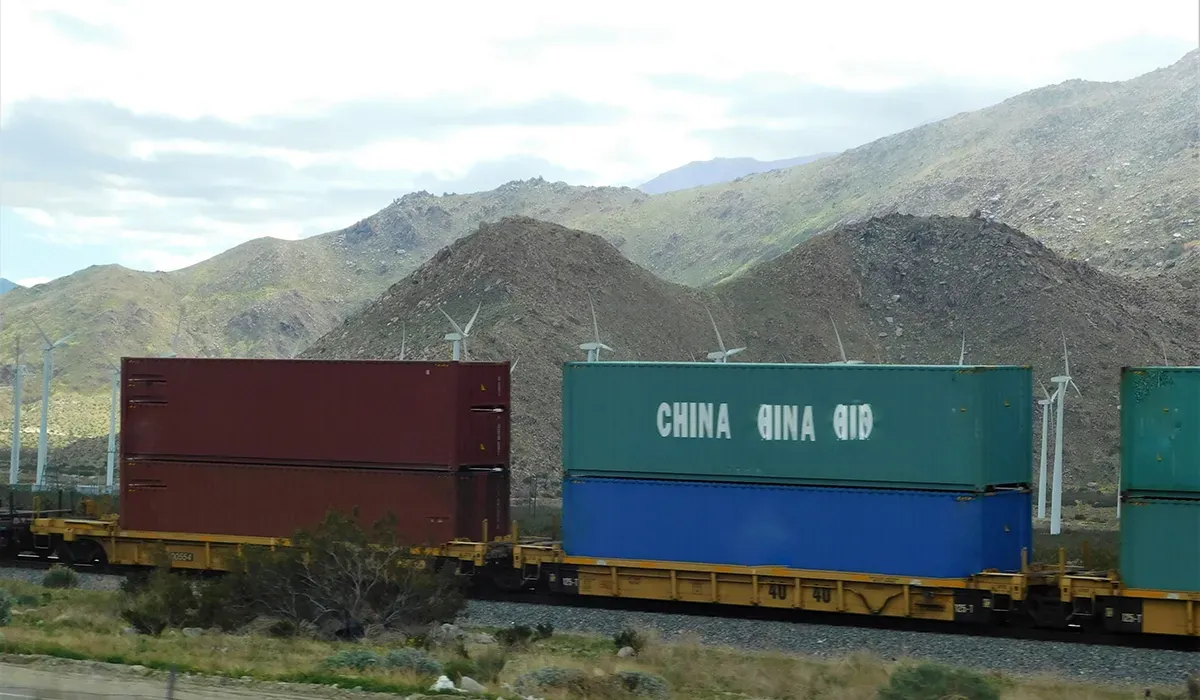
STMA maintains compliance with Federal Railroad Administration safety standards and has received recognition for its commitment to safe operations. The railroad adheres to environmental best practices and has implemented site-specific safety programs, though it does not hold ISO certifications.
EQUIPMENT & INFRASTRUCTURE
The railroad handles boxcars for lumber and plywood, flatcars for logs and veneer, and tank cars for inbound chemicals used in wood processing. Intermodal containers are not a primary focus due to the specialized nature of the traffic, but the railroad can accommodate custom shipments as needed.
Maries River Railroad uses basic computerized dispatching and car tracking systems to manage train movements and customer shipments. Customers can access shipment status through direct communication with the operations team, and the railroad is exploring upgrades to digital platforms for improved service.
The geographic scope of STMA covers northern Idaho, with 71 route miles connecting Plummer, St. Maries, and Bovil. The key corridor runs through dense timber country, linking local mills to the Union Pacific mainline for broader market access.
STMA partners closely with Union Pacific for interchange service at Plummer, enabling customers to reach national and international markets. The railroad also works with regional trucking companies to coordinate first- and last-mile deliveries for timber products.
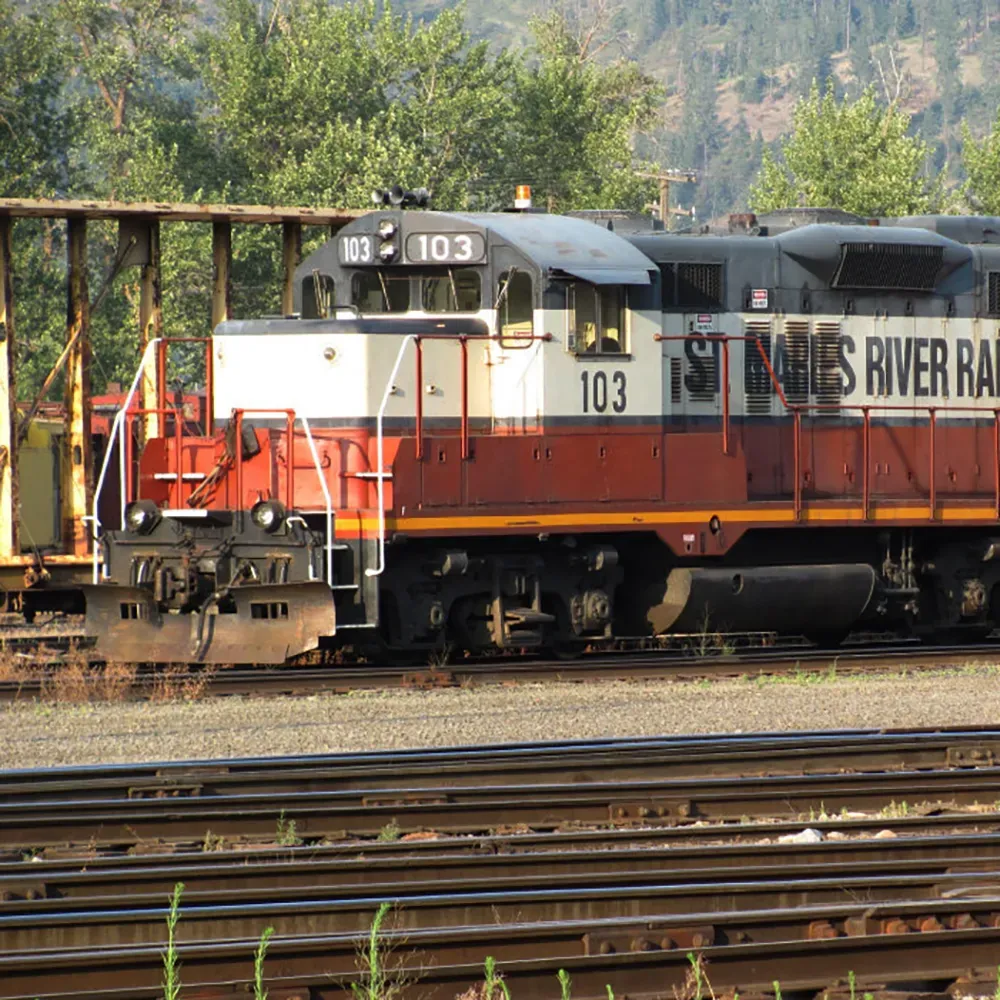
FINANCIAL METRICS & STABILITY
In 2024, St. Maries River Railroad reported a pre-tax profit of $2.1 million on revenues of $8.7 million. The company’s operating ratio improved to 76 percent, reflecting enhanced operational efficiency.
Recent investments include $1.2 million in track upgrades and bridge repairs completed in 2023, along with the acquisition of two rebuilt locomotives in 2022 to improve reliability and reduce fuel consumption.
SERVICE PORTFOLIO

Maries River Railroad offers a range of logistics services, including full carload shipments of lumber, logs, and plywood. Additional services include transloading, custom car supply, and coordination with third-party logistics providers for cargo insurance and trade compliance consulting.

The railroad has launched a new customer portal to enhance self-service capabilities and improve day-to-day activities for its clients. Additionally, the company is developing an API center to facilitate seamless integration with customer systems and improve shipment visibility.
INDUSTRY REPUTATION & NEWS
In recent developments, St. Maries River Railroad has upgraded its main yard with automated track inspection technology and expanded its loading facilities to accommodate increased timber shipments. The company is also piloting a digital dispatch system to streamline train scheduling and improve customer communication.
Maries River Railroad’s Site Certification Program has identified optimal rail-served sites and conducts in-depth reviews to ensure readiness for development. This program aims to minimize development risks for customers and enhance supply chain efficiency.
ANALYSIS & FUTURE OUTLOOK